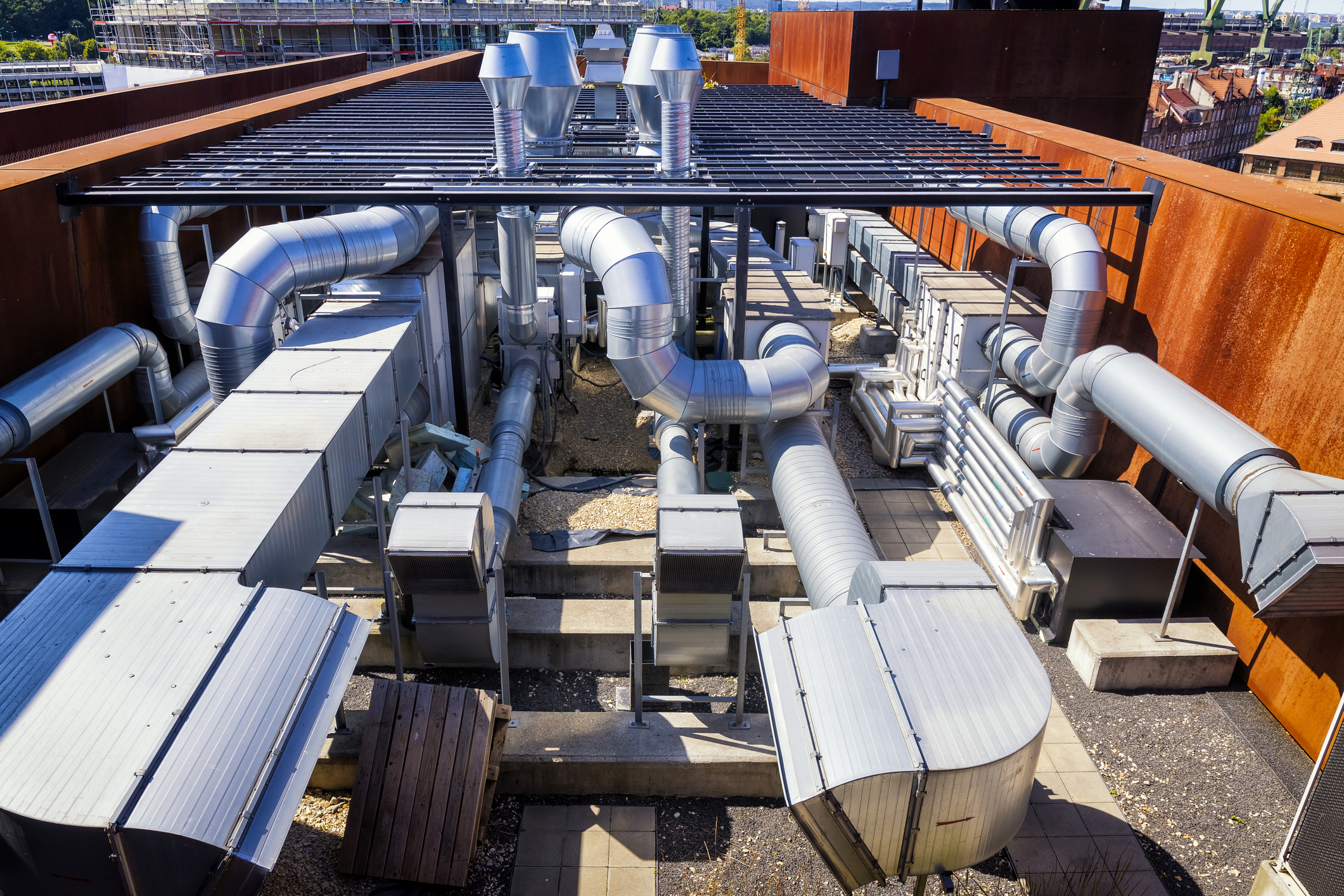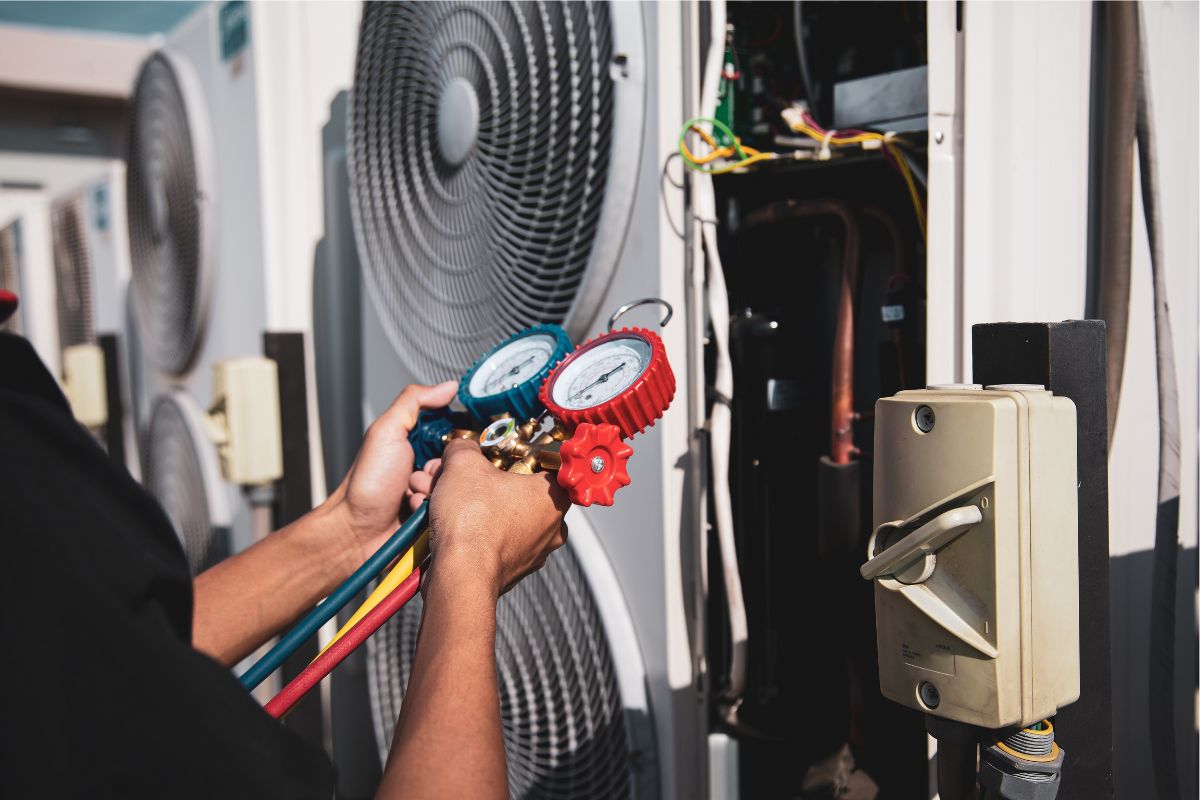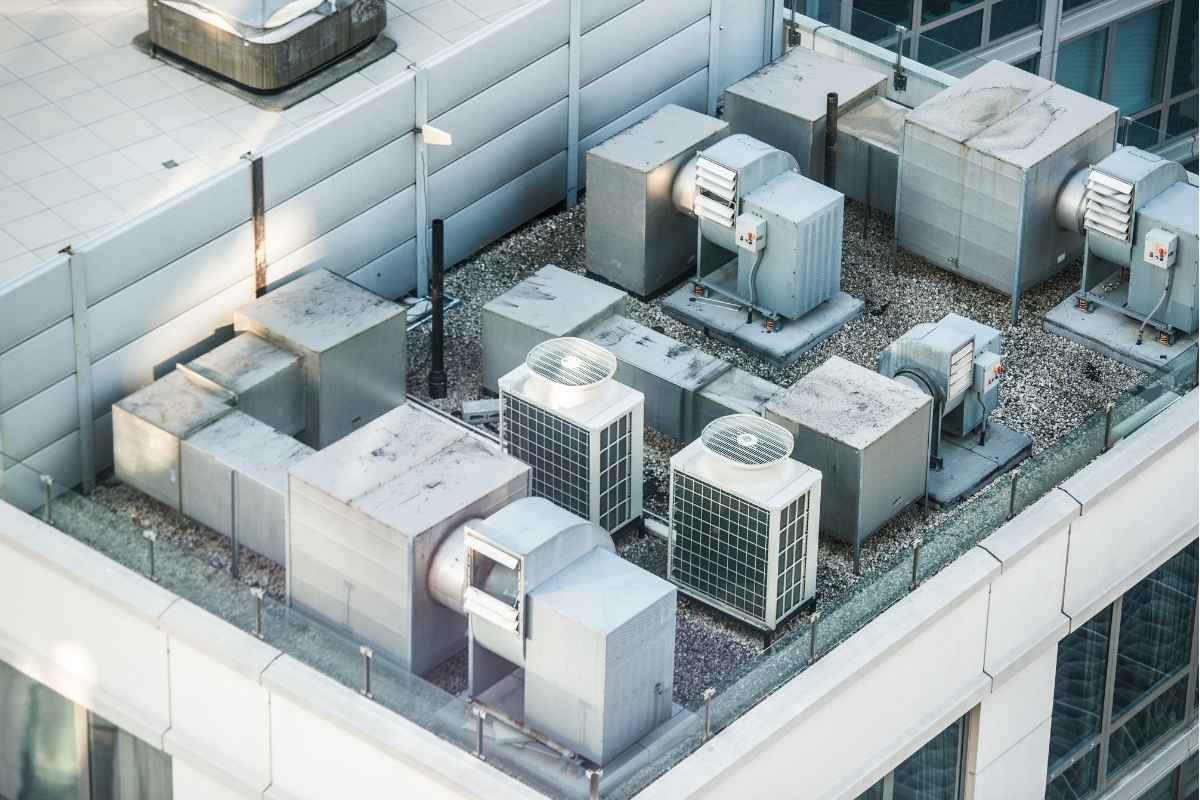Many businesses regularly service or upgrade their commercial HVAC system to save money, but what about reducing their carbon footprint? According to the Climate Institute, “cooling your building is contributing to global warming.” Quite frankly, heating and cooling your building is a necessity that does release carbon emissions into the atmosphere, but Air Ideal offers valuable tips that can help your business save money and embrace the trend of sustainability.
4 HVAC Tips To Reduce Your Commercial Carbon Footprint
1. Replace An Outdated Unit
An older heating and cooling system is not only costing you money, but it’s significantly contributing to global warming. Big buildings are quickly reaching the emissions cap in major cities like New York City. City officials are forcing many major buildings like Trump Tower and the Empire State building to reduce their greenhouse gases (GHG). Upgrading an outdated system has a major advantage in current GHG compliance mandates. In fact, getting a new system can also benefit smaller buildings including:
- data centers
- law firms
- clinics/hospitals
- office spaces
- schools
In fact, a new HVAC unit installation can provide better indoor air quality than operable windows too.
2. Stay Current On The Refrigerant Ban
The United States is issuing a ban on the remaining production and import of HCFC-22 and HCFC-142b. As of January 2020, servicing systems that utilize R-22 will require the expertise of a commercial HVAC professional because older units will rely on recycled and stockpiled parts. To save money and to avoid significant downtime during maintenance or repairs, replace a model that uses these types of coolants with an energy-efficient model. An energy-efficient model can save businesses 14% on utility costs and successfully reduce their carbon footprint.
3. Get A Commercial HVAC Energy Audit
An HVAC professional can give you a detailed report on your usage and suggests ways to reduce carbon emissions. An energy usage report of your heating and cooling system can help you determine the efficiency of your unit, recommend ways to save on your utility costs, and reduce commercial building emissions. A commercial HVAC specialist can help you determine how much your system is contributing to airborne pollution and suggests ways to reduce your carbon footprint.
4. Take Advantage Of A Smart Device
Smart technology is designed to reduce energy costs and create sustainability. For example, a smart thermostat allows your business to reduce or increase your heating and cooling by a couple of degrees through programmable features to save money and reduce emissions. Smart HVAC technology is becoming more popular and useful than ever before. In fact, improve the temperament of your business based on your operating hours by controlling your unit with a smartphone, tablet, or PC, which saves money and reduces emissions.
For ways to reduce your commercial building carbon footprint with your commercial HVAC system, contact us at Air Ideal for more details today!



